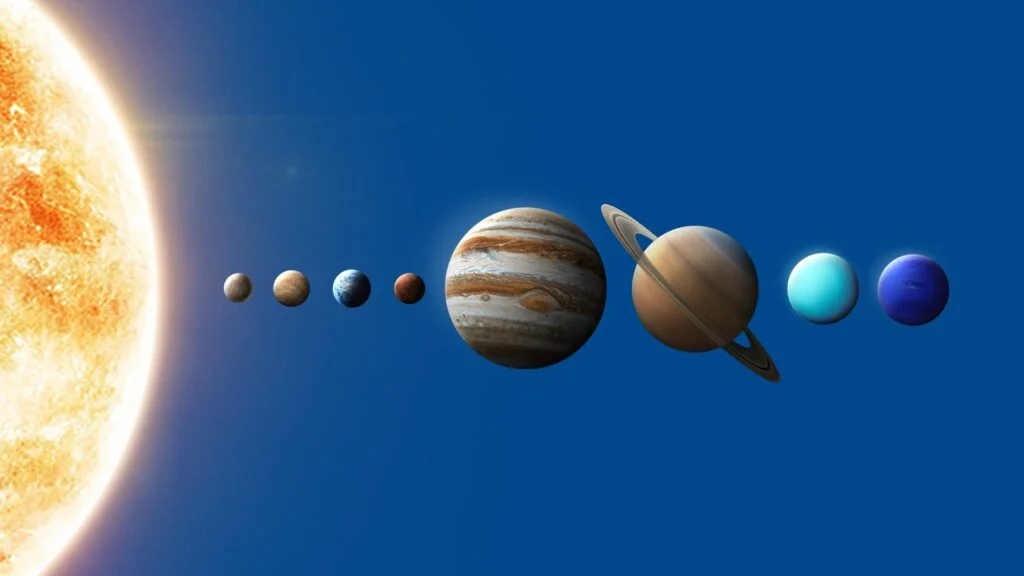The Planetary Parade
In February 2025, several planets are seen in the night sky in South Africa, including Venus, Mars, Jupiter, Saturn, Uranus, and Neptune. This event is sometimes called a planetary parade.
Seven-planet alignment: On February 28, all seven planets will be visible in the sky, weather permitting. This will be a rare sighting and a great spectacle for observers on the ground.

Get ready to mark your calendars for February 28, because stargazers are in for a cosmic jam session!
On this fateful night, Mercury will crash the party and join six other planets—Venus, Mars, Jupiter, Saturn, Uranus, and Neptune—creating a rare seven-planet alignment that will light up the night sky.
Why should you care? Well, scientists are over the moon about it (pun intended) because these celestial line-ups could unlock some serious secrets about our Solar System.
If you gaze up at the clear night sky in January and February, you’ll see six planets dazzling like a cosmic first night. But come late February, Mercury will swoop in, and voilà—seven planets in a row!
Here’s a fun fact: all the major planets orbit the Sun at different speeds.
Mercury zips around in just 88 days, while Neptune takes its sweet time at about 165 Earth years.
When the planets align just right, they can all show off from our point of view on Earth, creating a spectacular sight. Just remember, while Mercury, Venus, Mars, Jupiter, and Saturn are easy to spot with the naked eye, Uranus and Neptune are a bit shyer and will require some binoculars or a telescope to catch a glimpse of their celestial shenanigans.
Jenifer Millard, a science communicator and astronomer, sums it up nicely: “Yes, you can find snazzier pictures of planets on Google, but nothing beats seeing those photons that have traveled billions of miles just to say ‘hello’ to your retinas.”
So, grab your telescope or binoculars, and prepare for a night of cosmic wonder!
For anyone wanting to see what’s happening up there and what can be seen, follow this link. Type a search for Nelspruit and see what happens!
https://www.timeanddate.com/astronomy/night/south-africa/nelspruit